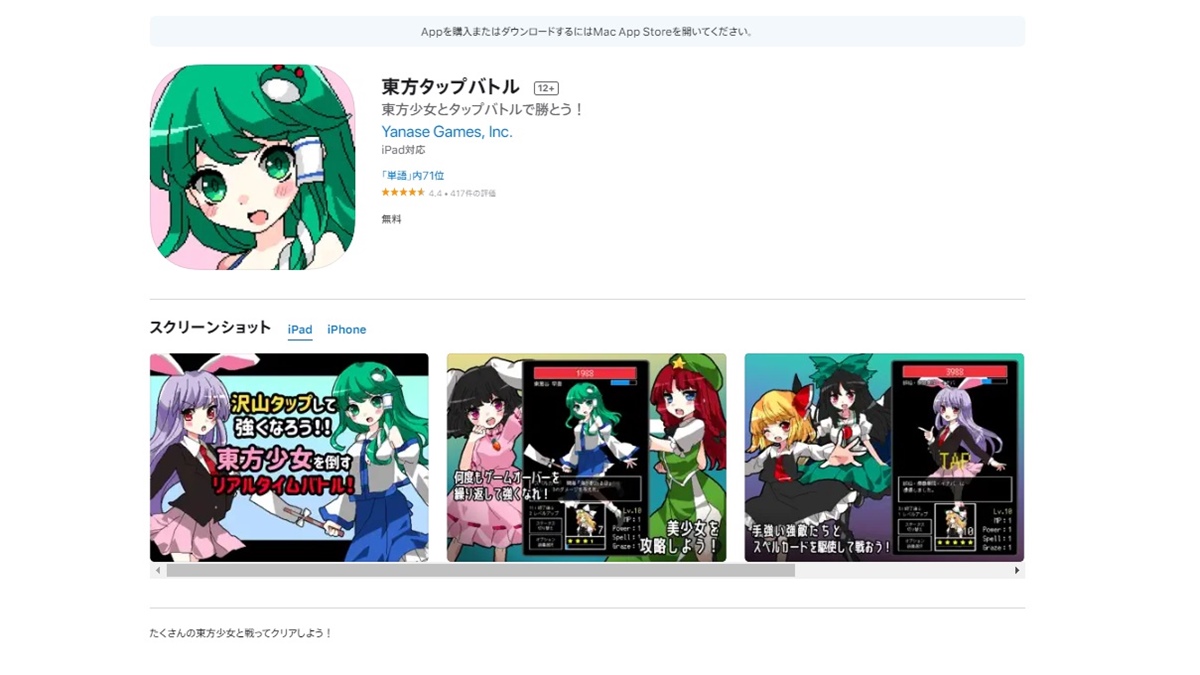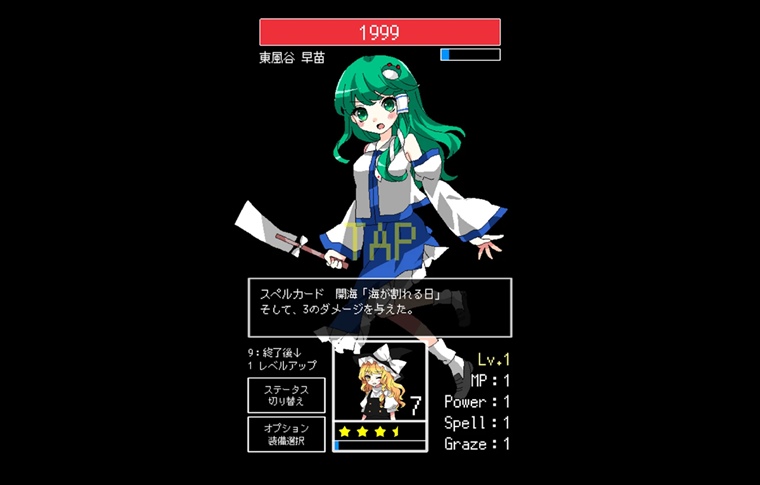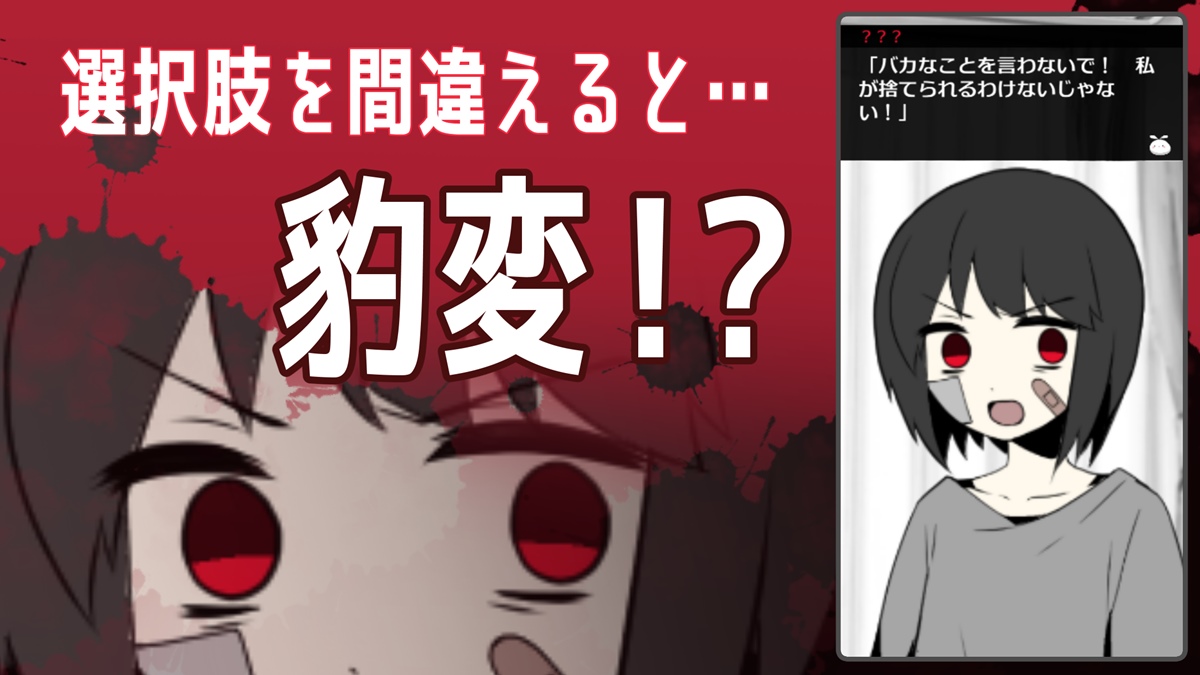Mobile game developer revealed that halving in-game ads simply halved their profits

Written by. Nick Mosier based on the original Japanese article (original article’s publication date: 2022-07-11 15:07 JST)
Japanese solo game developer Yanase had some disappointing news about in-game advertisements and profit that they shared to social media on July 8 (JST). Yanase experimented with reducing the frequency of ads that appeared in their mobile games to unsatisfactory results. We reached out to Yanase to learn more.

Yanase is a Japanese developer that works on games and ports for mobile platforms. Under the moniker Yanase Games, they’ve published titles such as the horror game Tanoshii Quiz (Fun Quiz), Runaway girl: Picked up girl developed by the adventure game brand CHARON, and more on the Android platform. Yanase Games also just released a derivative Touhou Project game called Touhou Tap Battle that’s available on iOS and Android. In other words, they have a lot of experience putting games out on mobile devices.
For many mobile titles, a popular form of monetization is to release a free-to-play game with in-game ads that run periodically. This both secures money for the developer and lets users enjoy the game for free. Yanase Games also takes this approach to monetization. However, from a user’s perspective, ads appearing on the screen while playing a game is bothersome. To improve the experience for players, Yanase decided to reduce the number of ads that appear and followed up with a post to their Twitter account about the results. According to Yanase, when they cut the number of ads that appeared in half, their profits were also cut in half.
“Lately, I’ve been thinking about players enjoying longer play sessions and cut the number of video ads that appear in my games in half. This resulted in profits also being cut in half and play time not really increasing. I think this information can be useful to other developers!”
We decided to reach out to Yanase for more details. Yanase says the games they lowered the ads for were well performing titles such as Touhou Tap Battle, Runaway girl: Picked up girl, and Fighting Girls!. As a sidenote, the guidelines for derivative Touhou Project works do recognize free apps that use advertisements for monetization. As for why they reduced the frequency of ads, Yanase said it was to increase user satisfaction after receiving feedback in reviews saying there were too many.
Yanase’s approach was to reduce the frequency at which ads appeared. They made changes such as reducing the number of 5 second ads from 2 to 1 when clearing the game or getting a game over, and randomly making ads half as likely to appear. This was done with the expectation that users would play longer, but Yanase says playtime remained mostly the same. This meant cutting the number of ads in half simply cut profits in half as well.
However, there was a positive effect. iOS and Android user review scores rose by around 0.2 to 0.5 points on the 5-star scale used by those platforms. There was also a relative decrease in the number of reviews that were dissatisfied with the ads. But having profits cut in half is a big blow. Yanase says this impacts updates and the development of new titles and makes it difficult to add additional elements or features like voice acting. Considering all of that, Yanase says, “I think the number of ads can only be increased going forward.”

Yanase’s tweet also drew in responses from other game developers like @lifeofsnufkin who makes mobile games as well. @lifeofsnufki added, “Even increasing the ads doesn’t have much impact on playtime or retention.” However, they did mention that it’s best to avoid increasing them too much and that the timing of the increases can cause review ratings to drop. Some players chimed in as well saying whether ads are annoying or not depends on how they’re implemented.
Perhaps earnings being cut in half after cutting the number of the ads that appear by half was a foregone conclusion. But Yanase likely thought that by improving the user experience, players might enjoy longer and more pleasant play sessions. While this is just an example of Yanase’s experience, the results will likely be very valuable for other developers.
On the other hand, this could all change depending on the genre, playerbase, and how the ads are implemented. The balance between the game experience and ad revenue is an important topic for free-to-play mobile game developers. But there’s also a lot of potential in the ways developers can show ads, and they will likely continue to pursue that balance of being fun for players while also being profitable.




